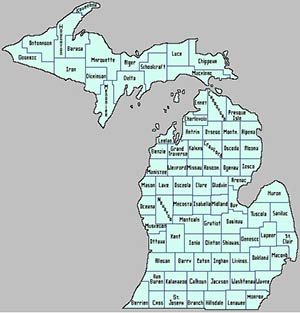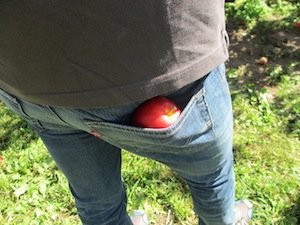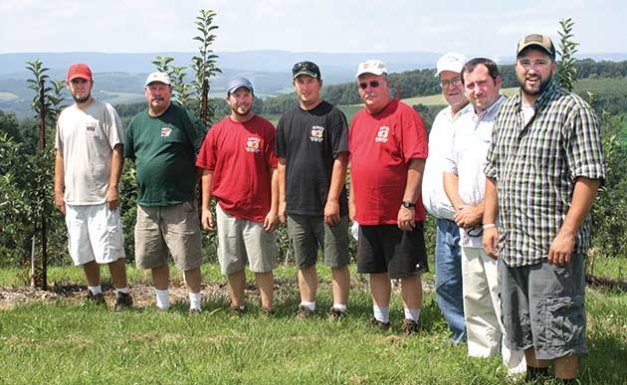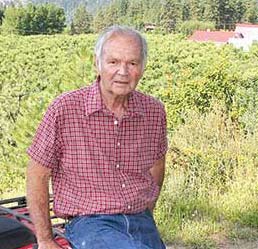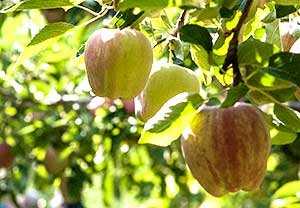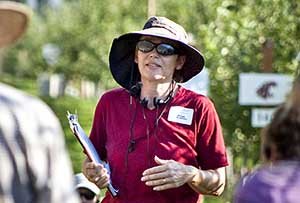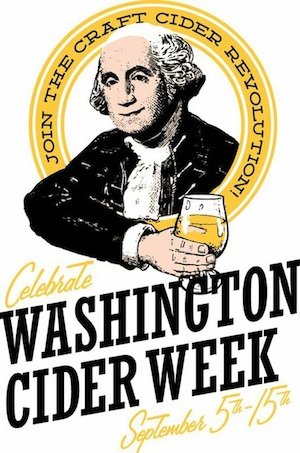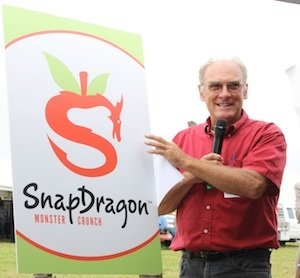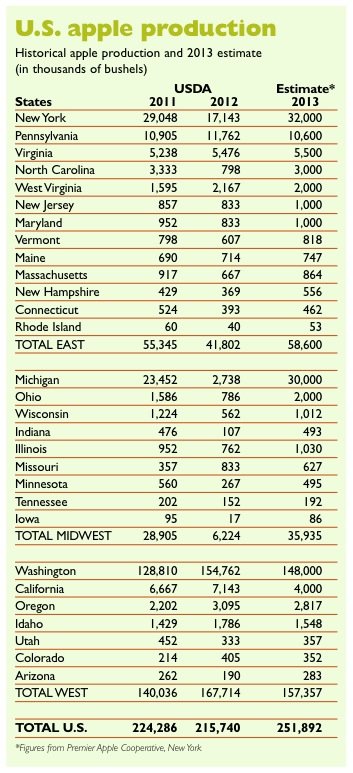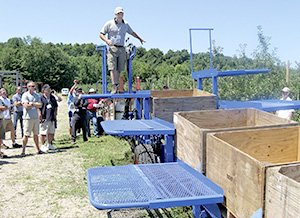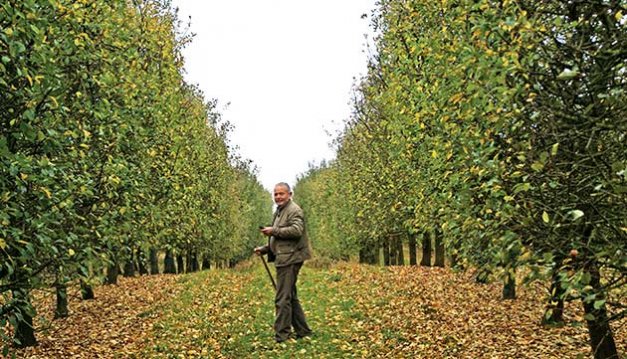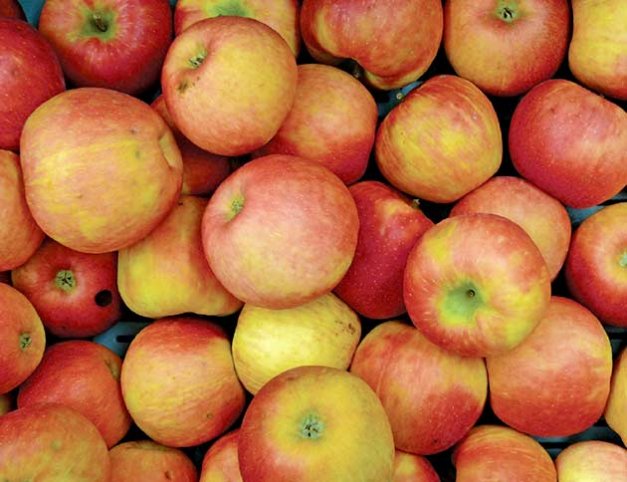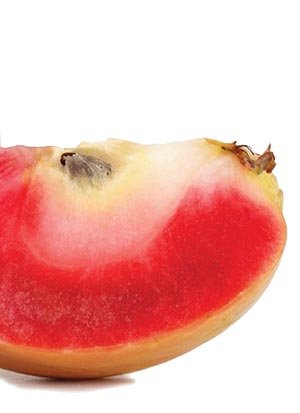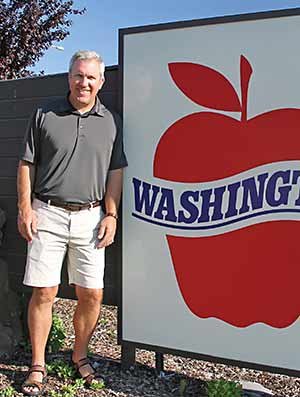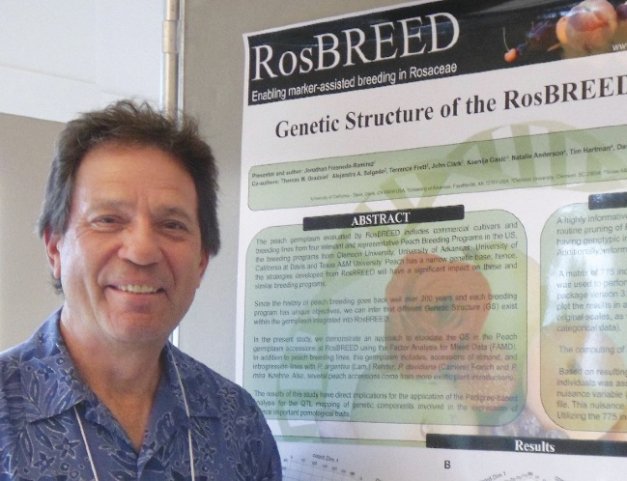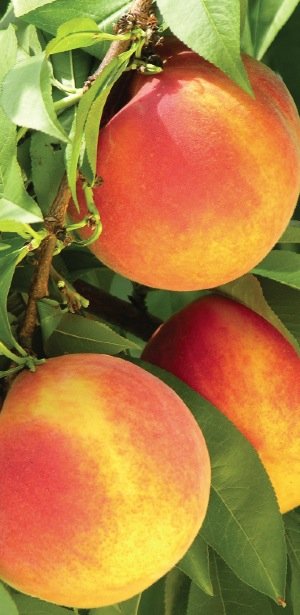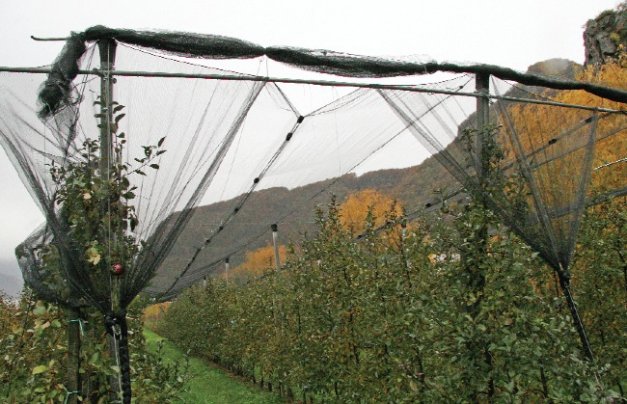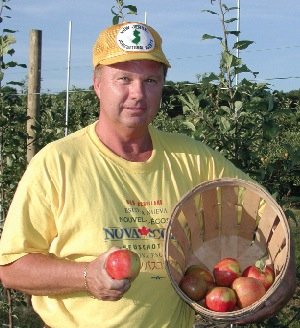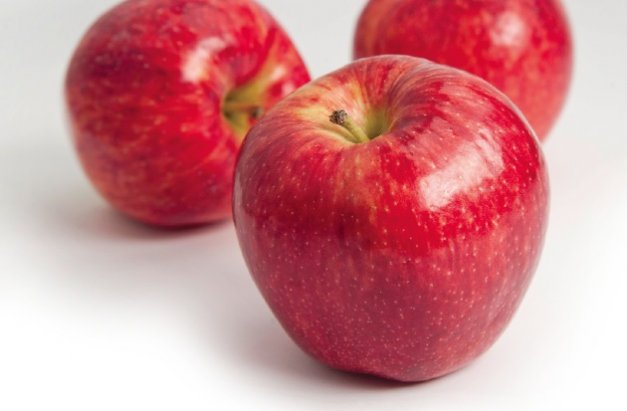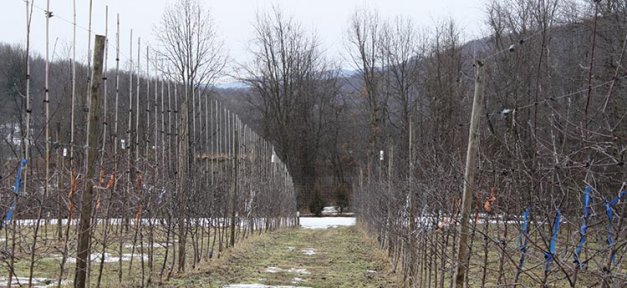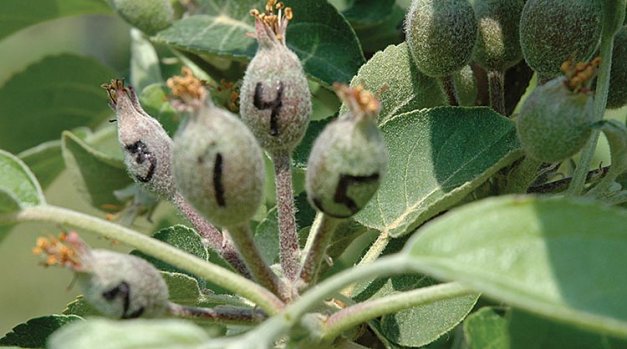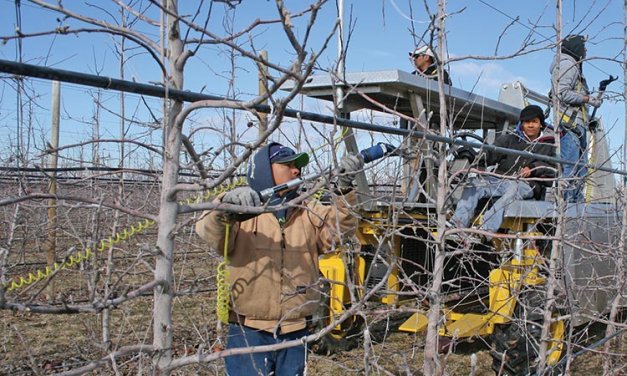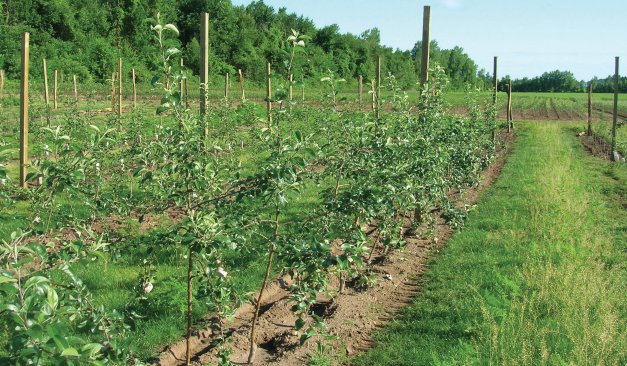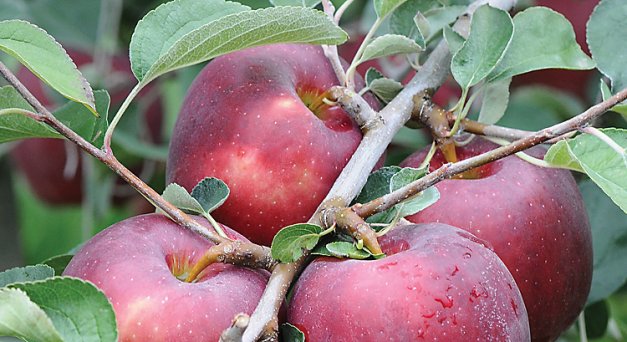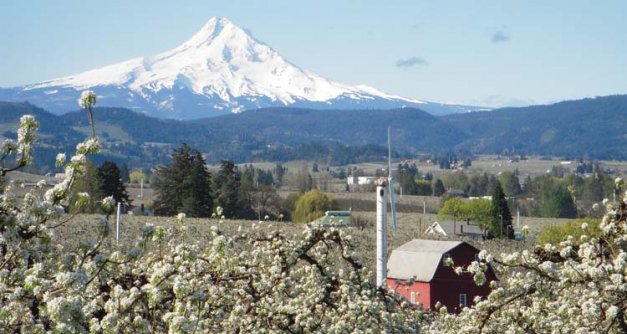ADVERTISEMENT
Learning from last season
The 2012 U.S. apple crop holds some lessons for apple marketers, lessons that are not
Michigan growers asked to support research
The Michigan tree fruit industry is exploring the idea of creating a commission to collect
Michigan apple growers appeal for pickers
courtesy michiganaglabor.com Seasonal workers able to pick apples are in somewhat short supply
Introducing Isaaq
An apple for people on the go.Courtesy of Kiku. More than 30 people
Michigan announces price schedule for processing apples
The Michigan Processing Apple Growers announced August 29 that its marketing committee has negotiated minimum
The Boyers of Chestnut Ridge
In Pennsylvania, almost all the apples grow in Adams County but 90 miles west, there’s a ridge—Chestnut Ridge—where fruit trees, mostly apples but also peaches, pears, and cherries
Manageable apple crop forecast
Washington State apple producers expect to harvest 120 million packed boxes of apples this fall, according to the industry’s August forecast, the first official tally of the season.
New spray concept proves feasible
Entomologist Larry Gut has been experimenting with the Solid-Set Canopy Delivery system to apply
New York apples names
Jeff Crist shows the new logo for SnapDragon (formerly New York 1), pictured right.
Precise disease management is complicated
Like insects, diseases develop in predictable ways based on growing-degree accumulations, but diseases are driven
Pears: A grower’s advocate
Pat Burnett tends to his 50 acres of pear orchard surrounding his red-roofed home
New estimate pegs U.S. apple crop at 243.3 million bushels
TJ MULLINAX The U.S. Apple Association this week lowered its estimate of the
WSU apple breeder screens for fireblight resistance
Dr. Kate Evans, WSU's apple breeder, is screening both seedlings and advanced selections for
Celebrating cider in Seattle
The Northwest Cider Association is planning its third annual Washington Cider Week, a ten-day celebration
New York apples get their names: SnapDragon and RubyFrost
Jeff Crist announces the new names of the new New York apples. Names
Good Stuff
Closer receives registration Dow AgroSciences has received federal registration of its sulfoxaflor insecticide, sold under
Cider history repeated?
Reputedly, hard cider is America’s historic beverage, once considered safer to drink than water and
How many apples?
When the U.S. Apple Association convenes in Chicago later this month for the Apple Crop
The Wafler-Cornell apple harvester
This earlier prototype was photographed in August 2010, during an International Fruit Tree Association tour
The French connection
Cider apples in France are grown on tall, vigorous trees, and apples are picked
The top 5 ways to ensure apples store well
For good storage life, apples must be picked at optimum maturity. The standard starch iodine
Consumer pull
Proprietary Variety Management, a new company helping to commercialize two new red-fleshed apple varieties developed
Hot tips for Honeycrisp
Growers visited the Honeycrisp orchard of Mike Robinson (right) in June and will have the
Export promotions need shipper support
Todd Fryhover, president of the Washington Apple Commission, says the industry needs to increase demand.
Marked for progress
The four-year, $14.4 million RosBREED plant breeding project, funded in 2009 under the Specialty Crop
The path to commercialization
For seven years now, Rutgers University of New Jersey and Adams County Nursery in Aspers,
Risky business
Hail nets protect an orchard in Italy. Apple growers in New York, and
FruiTrivia: Test your knowledge of fruit varieties
1 Which of the following cherries is not an offspring of Van? a. Lapins b.
Tougas Family Farm
Mo Tougas asks a question of Oregon State University sweet cherry expert Lynn Long on
5 things to consider when selecting a variety
photo by John Clements, University of Massachusetts Win Cowgill, horticulturist at Rutgers University and area
New model for variety release
RiverBelle. (Courtesy of Wescott Agri Products) Two new apple varieties, Pazazz and RiverBelle, are growing
Apple variety network
Variety and cultivar selection is the largest economic decision a grower can make when establishing
B.C. growers hope for compensation
A review of the Columbia River Treaty, which the United States and Canada entered in
Good Point: China
I have talked about the immediate threat of the excessive increases in apple production from
Science on the Hudson
Modern apple tree plantings have been made at the Hudson Valley Lab. PHOTO BY RICHARD
Chemical thinning is getting more precise
To evaluate thinning effectiveness using Duane Greene’s fruitlet model, individual apples must be labeled
Achieving the optimal crop load
Precision pruning is a good first step to adjusting crop load and producing fruit of
The NOSB’s ‘lose-lose’ decision
A decision by the National Organic Standards Board not to extend use of a key
Organic hurdles
Growing apples in the eastern United States under USDA organic certification standards is not easy,
Optimizing production
With some new apple varieties, like Honeycrisp, selling for more than $50 a box wholesale,
Trends in organic tree fruit
Washington State University’s sustainable agriculture specialist David Granatstein keeps tabs on organic tree fruit production
Plantings set record pace
If Washington’s 129-million-box apple crop took you by surprise last fall, consider this. If there
Hudson Valley’s wholesalers
Two of the largest wholesale operations on the International Fruit Tree Association tour in New
Nutrient information needed
As yield expectations have soared in recent years, so has the importance of nutrient management.
Rescue thinning
If you’ve thinned and thinned and there are still too many apples on the trees,
Orchard ground covers
For 21 years now, Dr. Ian Merwin has tended a 320-tree apple orchard on the
WSU seeks licensee
Washington State University’s Research Foundation, which owns the new WA 38 apple, has issued an
How integrated mite control works
One of the keys to integrated mite control was that the western predatory mite Typhlodromus
Calculating the value of biological control
Washington State University entomologist Dr. Stan Hoyt developed integrated mite control in the late 1960s
Simple rules
A century ago, Ford Motor Company adopted the assembly line and began cranking out Model

